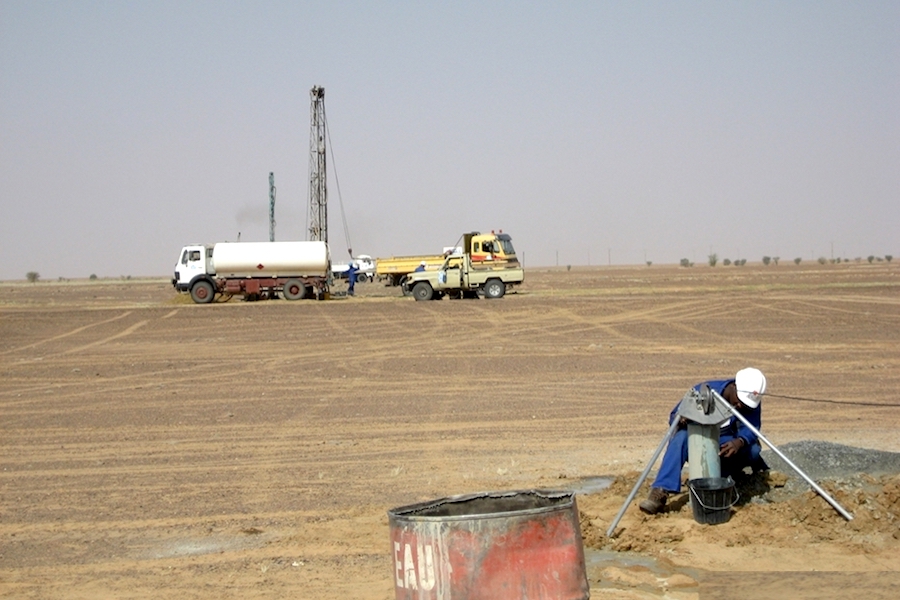
The Zambian government has reinstated the mining licence for GoviEx Uranium’s (TSXV: GXU; US-OTC: GVXXF) Chirundu property, part of the junior’s Mutanga project.
The licence was cancelled in July 2020 and its reinstatement is subject to the completion of exploration and development milestones that will advance the licence towards a final feasibility study.
“The Zambian Government has indicated its strategy to diversify its mining industry from the heavy weighting of base metals and advancing its long-term desire to include uranium and clean baseload nuclear power as part of its economic development plans,” Govind Friedland, the company’s executive chairman, said in a press release.”
GoviEx acquired Chirundu, which hosts the Njame and Gwabe deposits, from African Energy Resources (ASX: AFR) in October 2017.
Shortly after the acquisition, the junior included Chirundu with its Mutanga, Dibwe and Dibwe East deposits in a technical report and SRK completed a preliminary economic assessment in November 2017.
The early stage study envisioned open pit mining and heap leaching over an initial mine life of 11 years and pegged pre-production capex of $121 million. The PEA also estimated operating costs of $31.10 per lb. U308.
The PEA was based on 5.9 million measured tonnes grading 0.04% U308 for 4.8 million lb. U308; 15.7 million indicated tonnes grading 0.03% U308 for 10.4 million lb. U308; and inferred resources of 74.6 million tonnes averaging 0.03% U308 for 44.9 million lb. U308.
Over the last year, GoviEx’s shares have traded in a range of 12¢ and 39¢ and at presstime were trading at 32¢.
The junior has about 530 million common shares outstanding for a market cap of $170 million.
(This article first appeared in The Northern Miner)